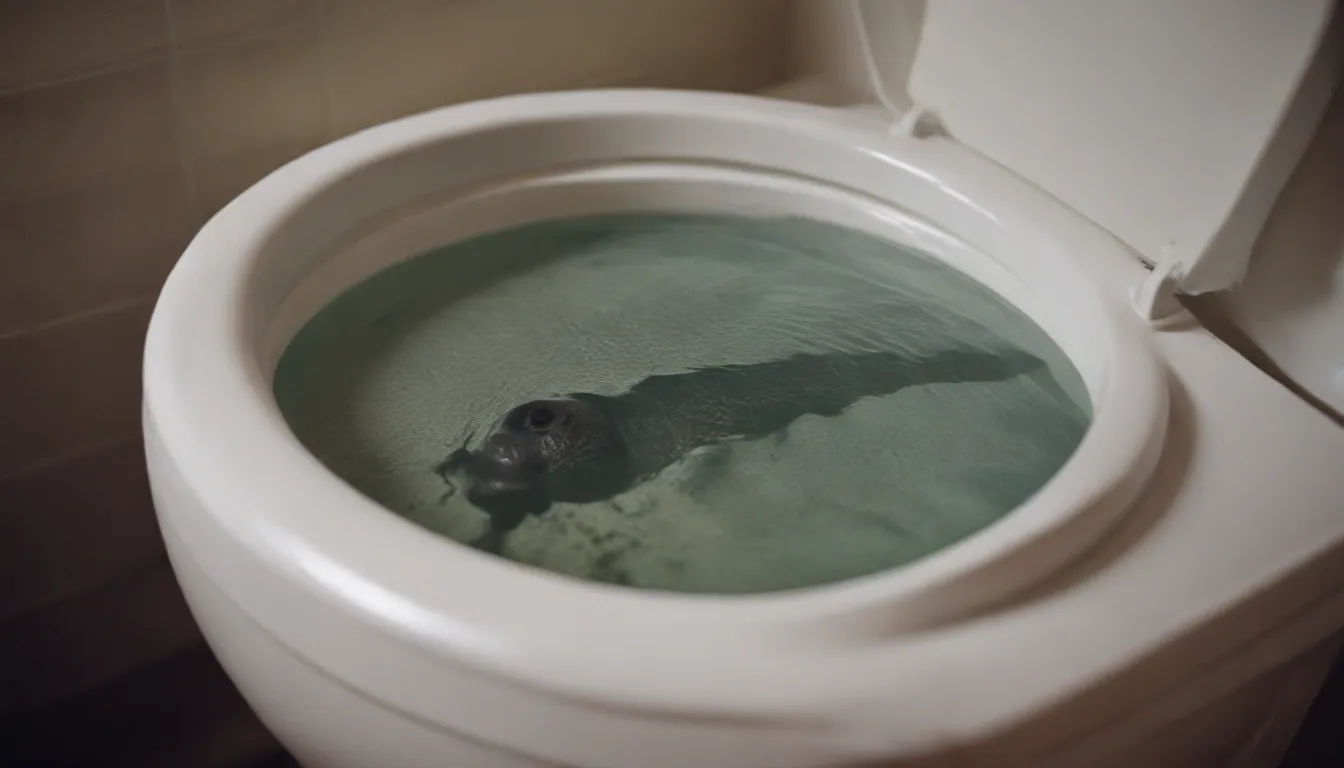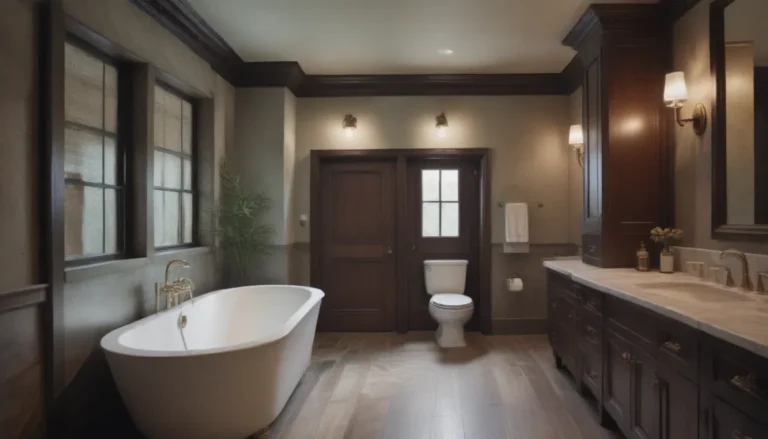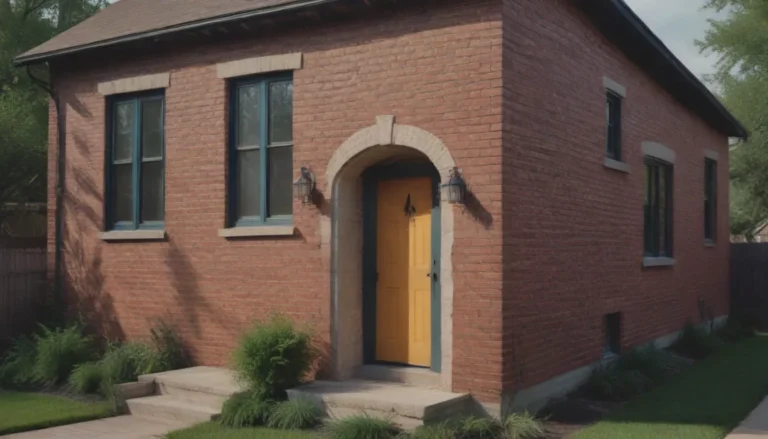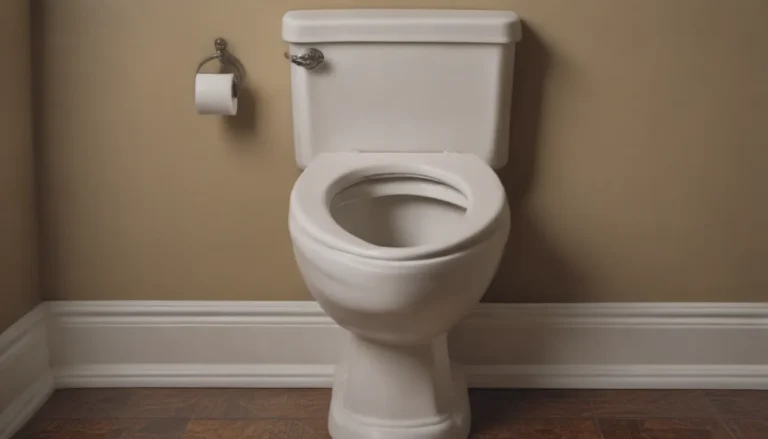Why Is There No Water in My Toilet Tank? 6 Common Reasons and How to Fix It

Have you ever gone to flush your toilet, only to find that there is no water in the tank? It can be a frustrating and confusing issue to deal with, but don’t worry – you’re not alone. There are several reasons why your toilet tank may not be filling properly, but the good news is that most of these issues are easily fixable. In this article, we’ll explore six common reasons why there may be no water in your toilet tank and provide you with step-by-step instructions on how to resolve each issue.
How Does a Toilet Work?
Before we dive into the reasons why your toilet tank may not be filling with water, let’s take a quick look at how a toilet actually works. When you flush the toilet, water enters the tank through a connected water line at the base of the tank. The water is then trapped in the tank by a flapper, a large rubber gasket. As the tank fills with water, a float rod or float cup rises. Once the float reaches a certain level, the fill valve stops the flow of water into the tank. When you flush the toilet using the lever or button, the flapper opens, allowing the water in the tank to rush down into the bowl and flush the contents away. The tank then refills with water, ready for the next flush.
Reasons Why There Is No Water in Your Toilet Tank
1. Improper Float or Fill Valve Position
One of the most common reasons why your toilet tank may be empty is due to the position of the float or fill valve. If the float or fill valve is set too low in the tank, it may signal the fill valve to stop filling before the tank has enough water to flush down the contents of the bowl. To fix this issue, simply adjust the height of the float by turning the adjustment screw located on the float or fill valve. Be careful not to set the fill line too high, or the water may overflow.
2. Worn Out Toilet Flapper
If the float valve and fill valve are in the correct position, but the water is still draining out of the tank, the issue may be a worn out or damaged flapper. A damaged flapper can cause water to flow directly into the bowl, preventing the tank from filling properly. To fix this issue, close the water shut-off valve, purchase a new flapper that matches the size and shape of the old one, replace the flapper following the manufacturer’s instructions, and then test to ensure that the tank is filling properly.
3. Damaged Overflow Tube
The overflow tube, part of the flush valve assembly, can also cause the tank to be empty if it is cracked or damaged. If the water level rises above the top of the overflow tube, the excess water will drain into the toilet bowl. This can prevent the tank from filling properly. If you suspect a damaged overflow tube, consider replacing the entire flush valve assembly or contact a plumber for assistance.
4. Bent, Broken, or Stuck Trip Lever
The trip lever, or flush lever, is responsible for initiating the flushing process. If the trip lever is bent, broken, or stuck, it may not allow the flapper to close properly, causing water to continuously flow into the bowl instead of filling the tank. To fix this issue, replace the trip lever with a compatible replacement or adjust the lever or chain if they are stuck.
5. Leaking Toilet Tank
A leaking toilet tank can also prevent the tank from filling properly. Leaks can occur between the tank and bowl where the flush valve seal is located, or if the tank itself is cracked. To fix this issue, close the water shut-off valve, inspect the tank for cracks or damage, replace the flush valve seal and assembly if necessary, and then test to ensure that the tank is no longer leaking.
6. No Incoming Water
If there is no water in your toilet tank, it may be due to a lack of incoming water. This can happen if the water supply to the home is shut off, the shut-off valve on the toilet is closed, or if the water pressure is low. Check to ensure that the shut-off valve is open and if necessary, contact a plumber to address any low water pressure issues.
Conclusion
Having no water in your toilet tank can be a frustrating issue, but with the right troubleshooting steps, you can easily identify and fix the problem. By understanding how a toilet works and being aware of the common reasons for an empty tank, you’ll be better equipped to address any issues that may arise. Remember, if you ever feel unsure about making repairs to your toilet, don’t hesitate to contact a professional plumber for assistance. By taking the time to properly maintain your toilet, you can ensure that it continues to function properly for years to come.





